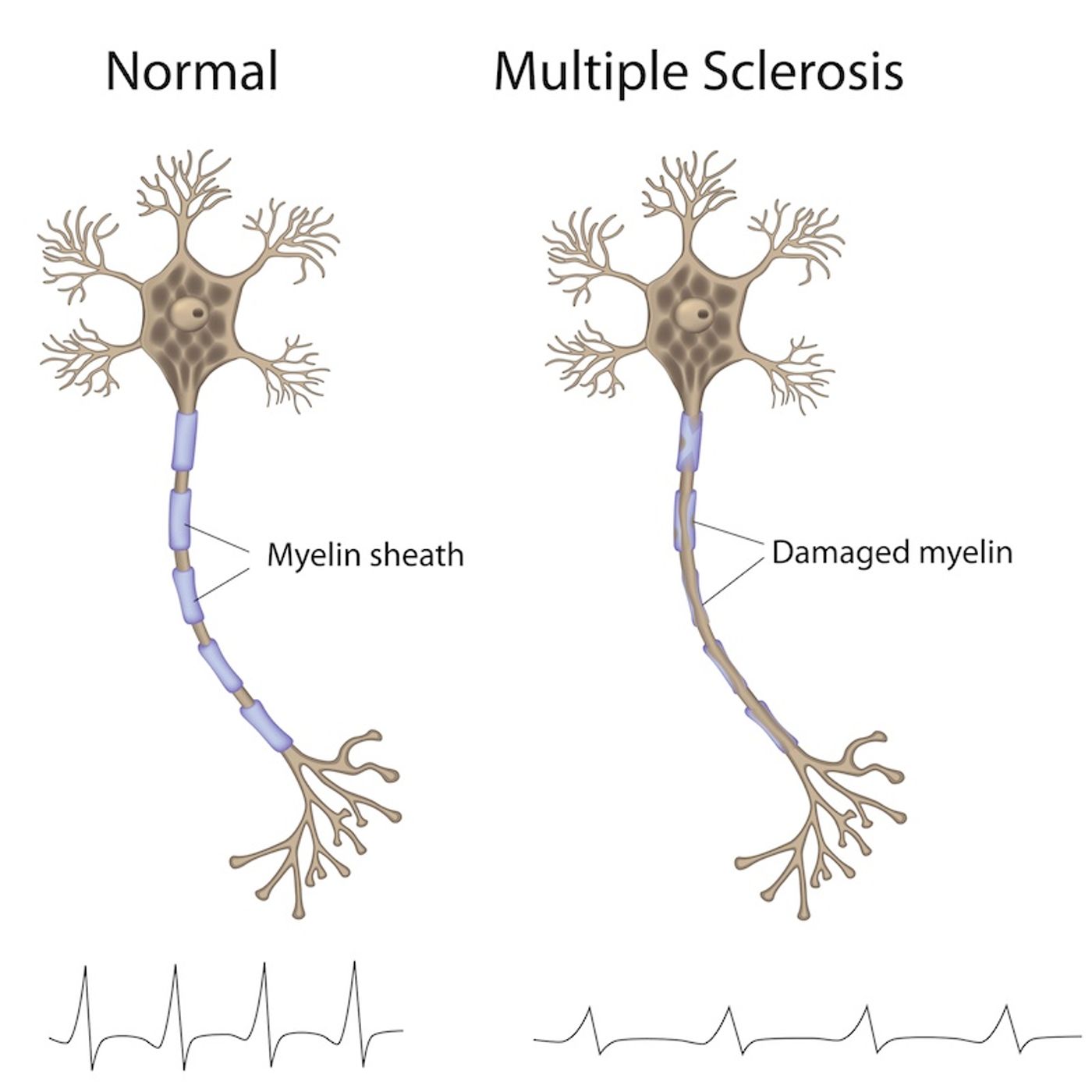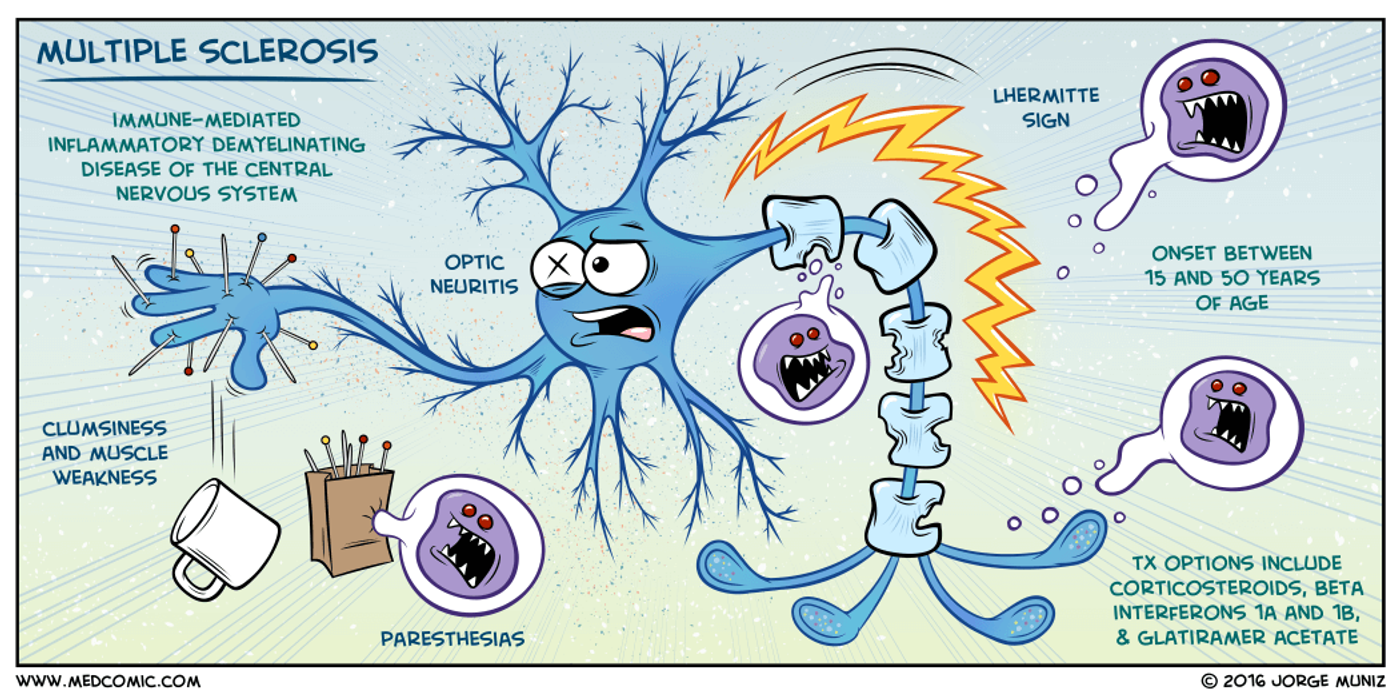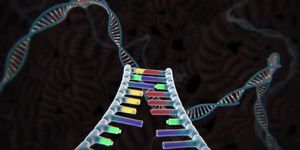For unknown reasons, T lymphocytes are known to go rogue, leaving the bloodstream to attack the myelin sheath, the insulator of nerve fibers. This causes a disease called multiple sclerosis (MS), which scientists are still hesitant to call an “autoimmune” disease since they don’t know what self-antigen is signaling the T lymphocytes to attack healthy tissue.
A new study from the Max Planck Institute of Psychiatry and the Technical University of Munich in Germany, the largest genetic MS study carried out in a single country to date, found four new risk genes for the disease. With new pieces of the puzzle identified, scientists are hopeful that soon they will be able to truly understand what triggers this disease to occur.
Scientists do know that part of the risk for MS comes from genes passed down from parents to offspring. However, heredity can only influence so much, and scientists known that the rest of the influence comes from environmental factors. Of the four new risk genes described in the recent study, published in
Scientific Advances, scientists believe there’s a large amount of interplay between environmental factors, regulatory processes, and gene expression.
“We have now discovered indicators for regulation of methylation being a potential interface where genetic and environmental MS risk factors interact,” said Bertram Muller-Myhsok, PhD, with the Max Planck Institute. DNA methylation is a significant regulatory mechanism in the realm of epigenetics, the science of gene expression. In the specific case of MS, scientists believe that these genes are affecting regulatory process in immune cells, mainly the T lymphocytes that attack the myelin sheath.
In their study, the scientists aimed to uncover how these “bookmarks” in the genetic code affect MS as it develops. There are roughly twenty thousand genes in a single cell, and each one is sensitive to epigenetic signals to either be activated or inactivated. Environmental factors are also involved, as they influence what epigenetic signals are sent to individual genes.

The study included 5,000 MS patients and more than 10,000 healthy comparisons. The researchers also implemented a unique experimental approach: using a single population of genetically homogenous German people as opposed to a larger population of ethnically different groups, a direction that researchers in the past have taken. Their decision to conduct the study like they did was a clear success after identifying four new risk genes, including SHMT1, a gene vital for DNA methylation.
MS affects the central nervous system: the brain, spinal cord, and optic nerves. When the immune system attacks the myelin sheath, damaged tissue causes scars, also known as sclerosis, which is where the disease gets its namesake. Nerve signals provide information that governs all of our feelings, senses, and movements. When nerve fibers become damaged when their protective barrier is compromised, a plethora of symptoms can occur, depending on where the damage is. Reported symptoms of MS include vision problems, paralysis, numbness, and dizziness, just to name a few.
Over 400,000 people in the United States and over 2.5 million people worldwide are affected by MS.
Sources:
Technical University of Munich,
National MS Society,
Cleveland Clinic Center for Continuing Education










